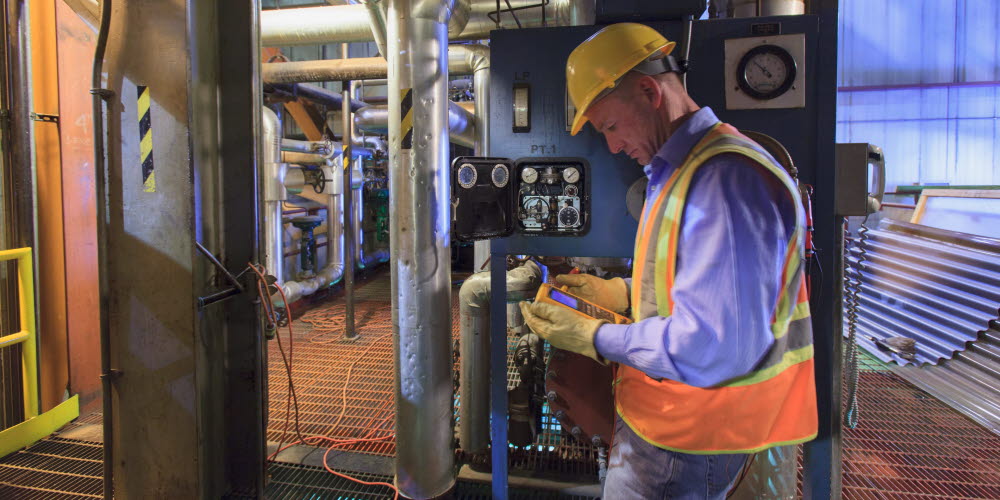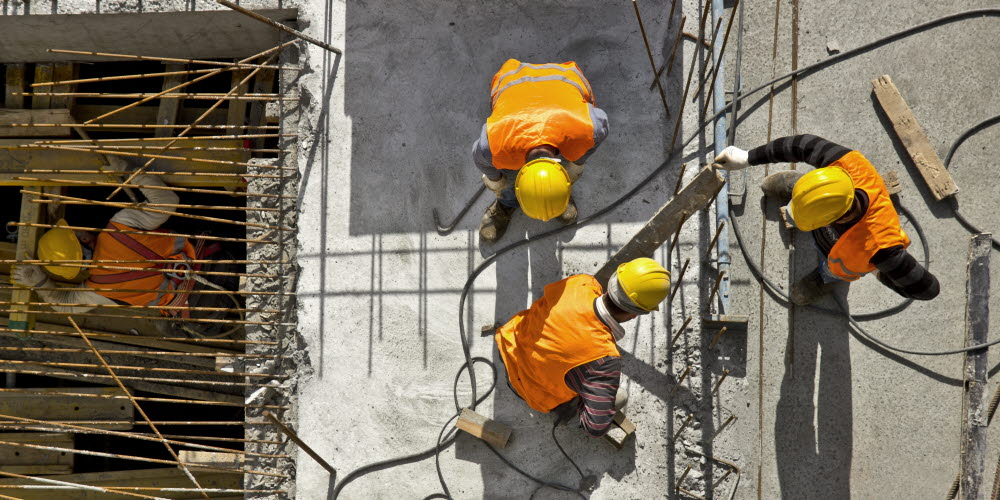Understand in more detail how your employees operate within the work environment and pinpoint factors that influence health and safety, such as situational awareness. By identifying the underlying causes of accidents and human errors, you can take steps to improve safety and risk assessment.

Human error is a contributing factor in most workplace accidents, but by understanding how and why these errors occur, it's possible to reduce or remove them. Eye tracking can uncover the underlying causes of mistakes such as lapses in concentration, hazards in the work environment, or cognitive overload. By being able to observe things from the perspective of workers, you can get a better understanding of how they operate within the work environment and identify circumstances that hinder safety.
A lack of situational awareness is often the root cause of occupational accidents, not because staff lack the knowledge to be aware of the potential dangers, but because they are blind to them. Visual attention is a strong indicator of cognitive processes, so by observing it through eye tracking, you can understand what employees are paying attention to within the work environment. This information can be used to educate employees about hazard identification and what elements of their work or behavior they need to pay more attention to.


Advanced machinery and new equipment are rapidly changing the way factories, warehouses, and other industrial workplaces operate, which also impacts the amount of information and processes workers are expected to manage. By seeing the work environment through the eyes of employees, it;s possible to identify hinderances to performance and safety such as visual obstructions, poor instructions, inefficient positioning of equipment, and the absence of safety signage. This information can help you optimize workplace layout, documentation, and equipment.